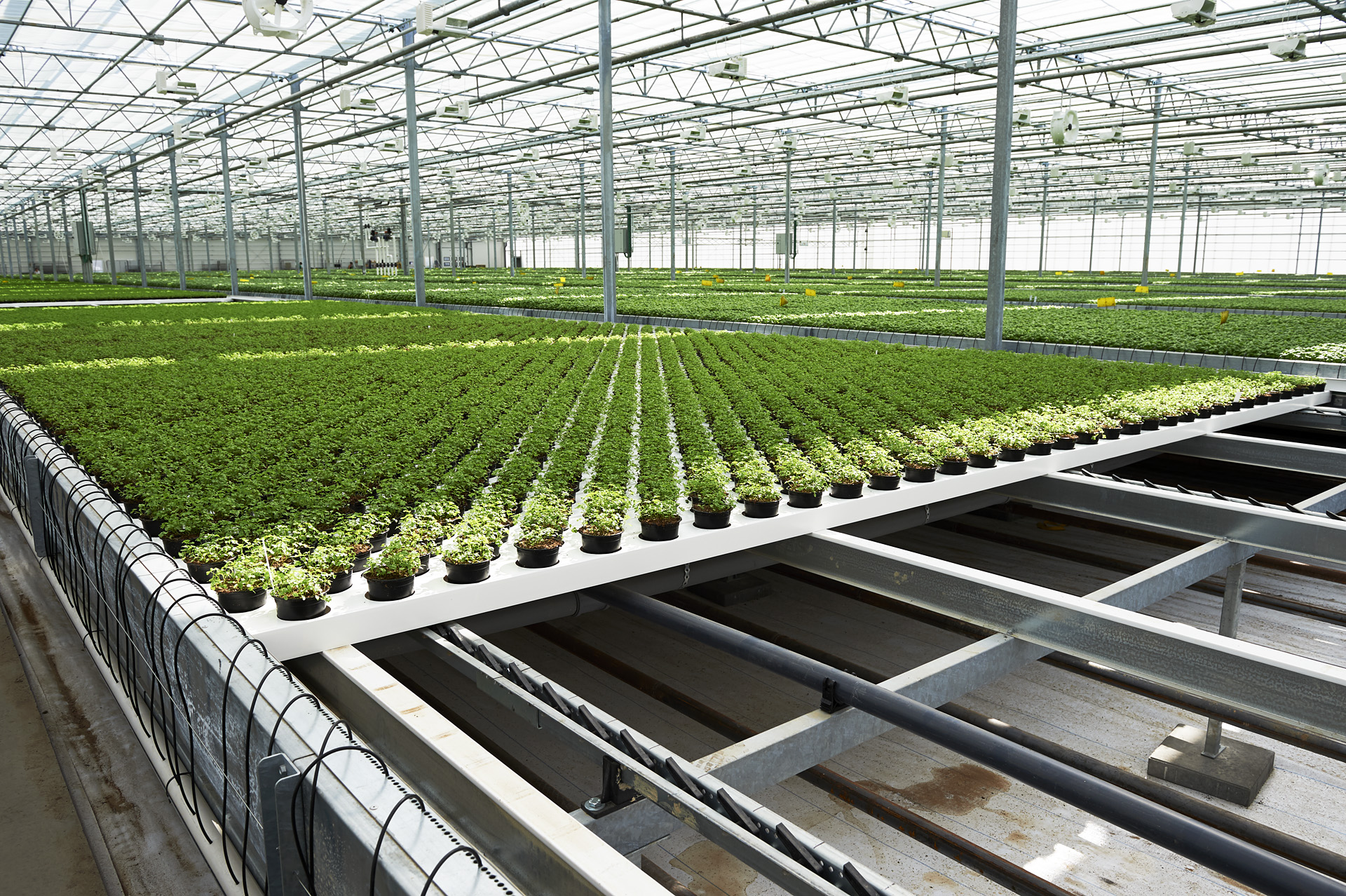The Future of Farming: 5 Macrotrends Driving the Shift to Indoor Farming
The world of farming is changing rapidly. With environmental pressures, evolving consumer demands, and new regulations, traditional outdoor farming is becoming increasingly challenging.
As a result, many farmers are transitioning to indoor farming, where controlled environments and advanced technology offer a more reliable and sustainable way to grow crops. This shift is not just a passing trend; it is a response to major macrotrends in the future of farming.
In this article, we will explore five major trends driving this shift. As we navigate these changes, it is important to focus on long-term sustainability rather than short-term fixes.
Climate Change: Increasing Risks for Outdoor Farming in the Future
Climate change is a growing concern for farmers worldwide. Unpredictable weather patterns—like more frequent droughts, floods, and storms—are making it harder to rely on traditional outdoor farming methods. These extreme conditions can destroy crops, leading to inconsistent harvests and financial losses.
Indoor farming offers a solution by providing a stable, controlled environment where temperature, humidity, and light can be managed precisely. This approach not only protects crops from the unpredictability of the weather but also allows for year-round production, maximizing both yield and profit.
As climate change continues to disrupt traditional farming, the stability of indoor agriculture will become increasingly attractive.
Changing Consumer Behavior: Rising Demand for Fresh Greens
Consumer preferences are shifting, with more people choosing plant-based diets and seeking out fresh, locally sourced produce. This trend is driving up demand for leafy greens and vegetables, but outdoor farming struggles to meet this growing need due to climate challenges and seasonal limitations.
Indoor farming, on the other hand, can consistently produce high-quality greens all year long. Techniques like hydroponics and vertical farming allow for efficient use of space and resources, enabling farmers to grow crops closer to urban centers. This not only reduces the carbon footprint of food transportation but also ensures that consumers have access to fresh, nutritious produce whenever they want it.
As more people prioritize health and sustainability in their diets, the shift toward indoor farming will likely accelerate, making it the preferred method for meeting consumer demand.

Disease Threats: Fusarium and Other Challenges in the Future of Farming
Climate change is not just affecting the weather; it is also leading to an increase in plant diseases. One of the most significant threats is fusarium, a soil-borne fungus that thrives in warmer and wetter conditions. Fusarium can devastate crops, leading to major losses for farmers and threatening global food security.
Outdoor farmers are especially vulnerable to fusarium because it spreads easily through soil and water. As this and other diseases become more common, traditional farming methods will struggle to keep up.
Indoor farming provides a powerful defense against these threats. By growing crops in a controlled environment, farmers can reduce the risk of disease spread and monitor conditions closely to keep plants healthy. As diseases like fusarium become more prevalent, the move to indoor farming will become essential for protecting crops and ensuring consistent yields.
EU Regulations: The Impact of Chemical Bans
In recent years, the European Union has implemented stricter regulations on the use of certain chemicals in agriculture. While these regulations aim to protect the environment and public health, they also pose challenges for outdoor farmers who rely on these chemicals to control pests and diseases.
Without these chemicals, outdoor farmers may face lower yields and higher production costs. In some cases, they may be forced to sell produce with minor imperfections, which could be less appealing to consumers and supermarkets.
Indoor farming offers a way around these regulatory challenges. In a controlled environment, farmers can use natural pest management techniques, reducing or eliminating the need for chemical pesticides. This aligns with EU regulations and meets the growing consumer demand for organic, pesticide-free produce.
As regulations become stricter, indoor farming will become an increasingly viable option for farmers who want to maintain high yields and meet consumer expectations without relying on banned chemicals.

An Aging Workforce: The Future Generation of Farmers
One of the most pressing macrotrends in the future of farming is the looming labor shortage. The farming industry is facing a demographic crisis, with many older farmers nearing retirement and few younger people interested in taking over. This could lead to a shortage of farmers and a decline in traditional agricultural practices.
However, indoor farming is attracting a new generation of farmers. The high-tech nature of indoor farming—using automation, data analytics, and advanced growing techniques—appeals to younger, tech-savvy individuals.
Indoor farms can be set up in urban areas, requiring less land and making farming more accessible to people who do not have access to large tracts of farmland.
As the current generation of farmers retires, indoor farming offers a way to continue food production, bring new talent into the industry, and adapt to the changing landscape of agriculture.
The Long-Term Solution: Moving Gutter Systems
The macrotrends we have discussed are clear indicators that the future of farming is moving indoors. To support this transition, innovative solutions like Moving Gutter Systems from Viemose DGS are becoming essential.
Our systems are designed to optimize space, enhance crop production, and reduce water usage—key factors in making indoor farming sustainable and efficient.
Moving Gutter Systems provide the infrastructure needed for high-density planting and efficient resource management. By investing in our systems, farmers can protect their operations from the challenges posed by climate change, disease, and regulatory pressures.
The Future of Farming
The future of farming depends on our ability to adapt to these emerging macrotrends. Embracing indoor farming and innovative solutions, will help farmers secure their livelihoods and contribute to a more efficient food system.
Now more than ever, it is crucial to focus on long-term strategies that will ensure success in the face of growing challenges, rather than relying on short-term fixes that may not stand the test of time. At Viemose DGS, we provide the long-term solutions.





